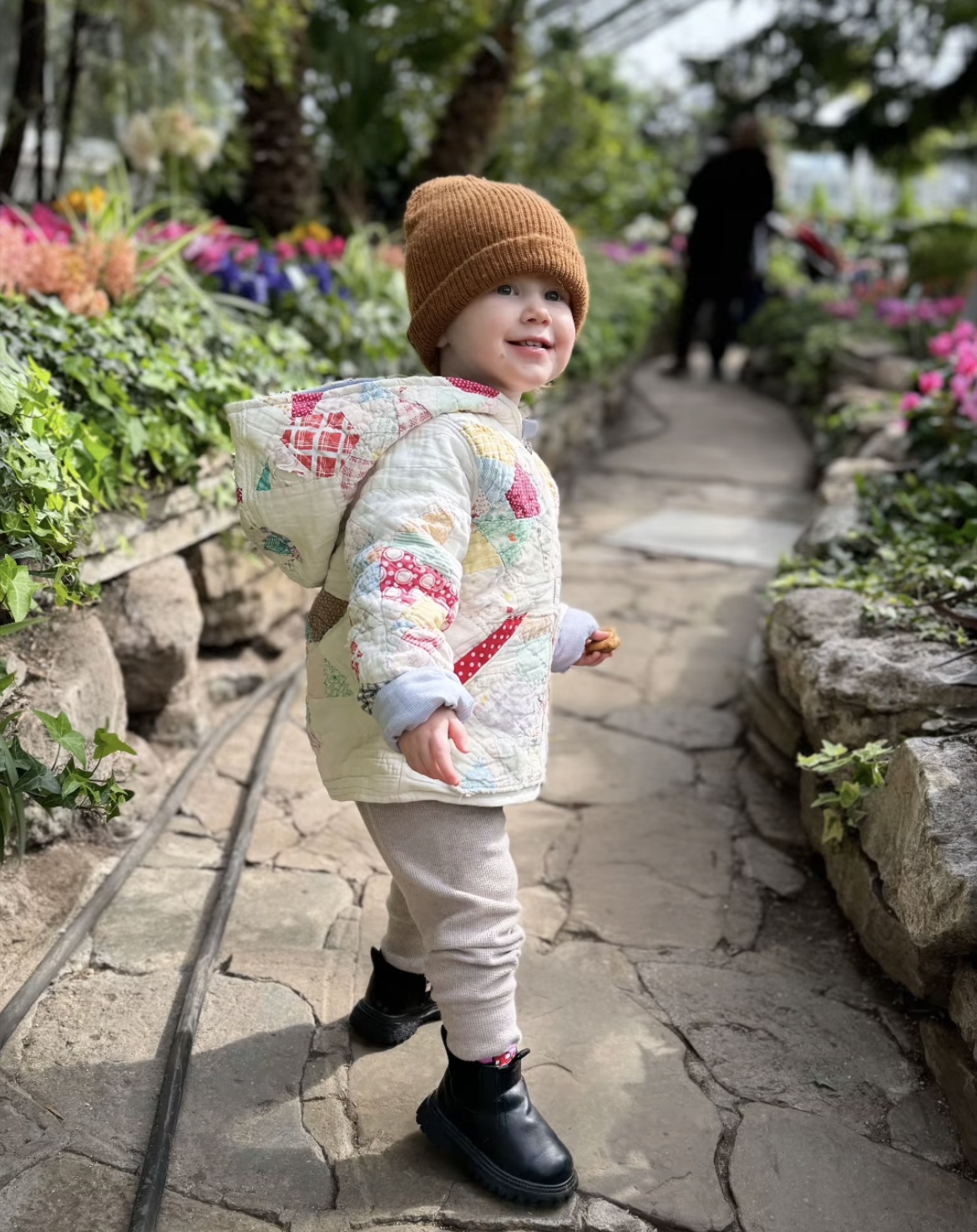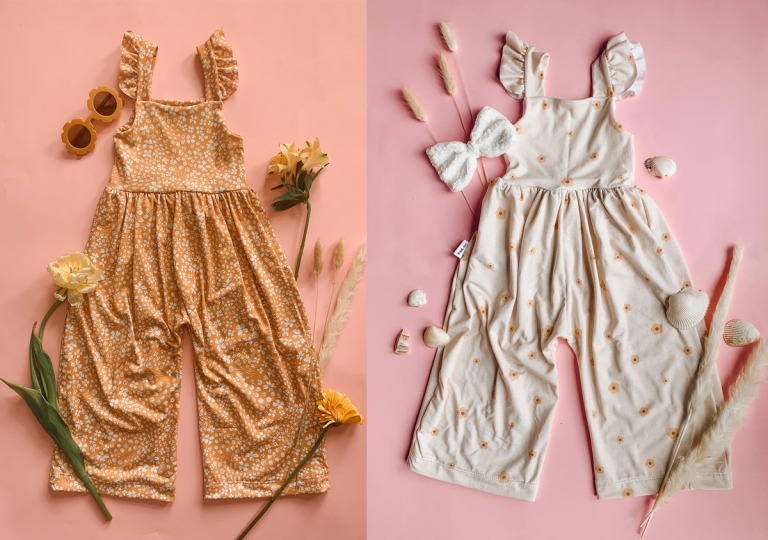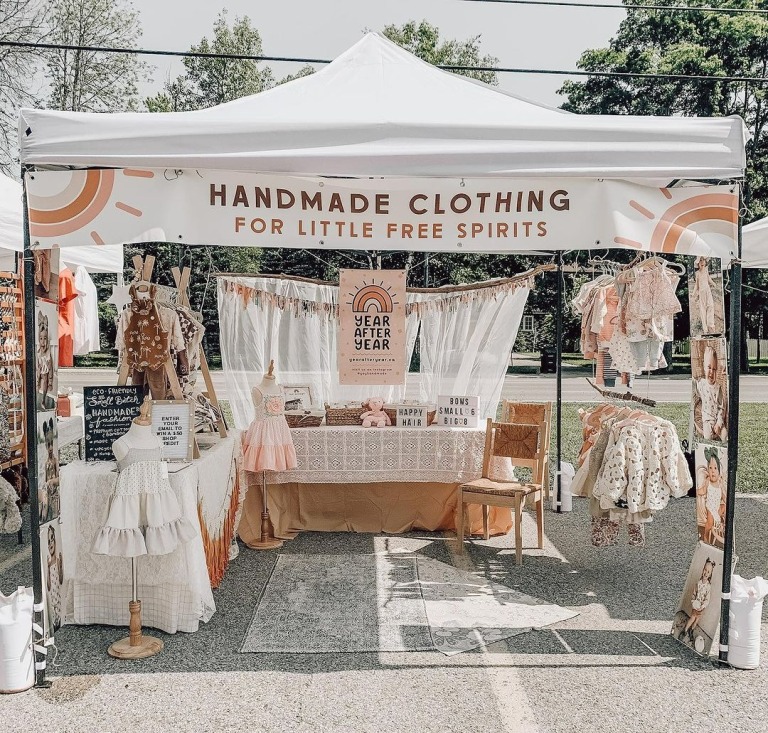5 Easy Ways Moms Can Reduce Waste with Kids’ Clothing
As moms, we know how quickly kids outgrow their clothes. It can feel wasteful to constantly buy new items, only to have them sit unused after a few months. The good news is that there are simple ways to reduce waste while keeping your little ones stylish and comfortable. Here are five easy tips to get started:
1. Embrace Upcycling
Upcycling is a creative and sustainable way to repurpose old clothing. Turn your outgrown adult t-shirts into adorable dresses, or transform your child’s worn-out jeans into cute shorts. You can also use fabric from old clothes to make accessories like headbands or tote bags. Not only does this reduce waste, but it’s also a fun DIY project you can involve your kids in!
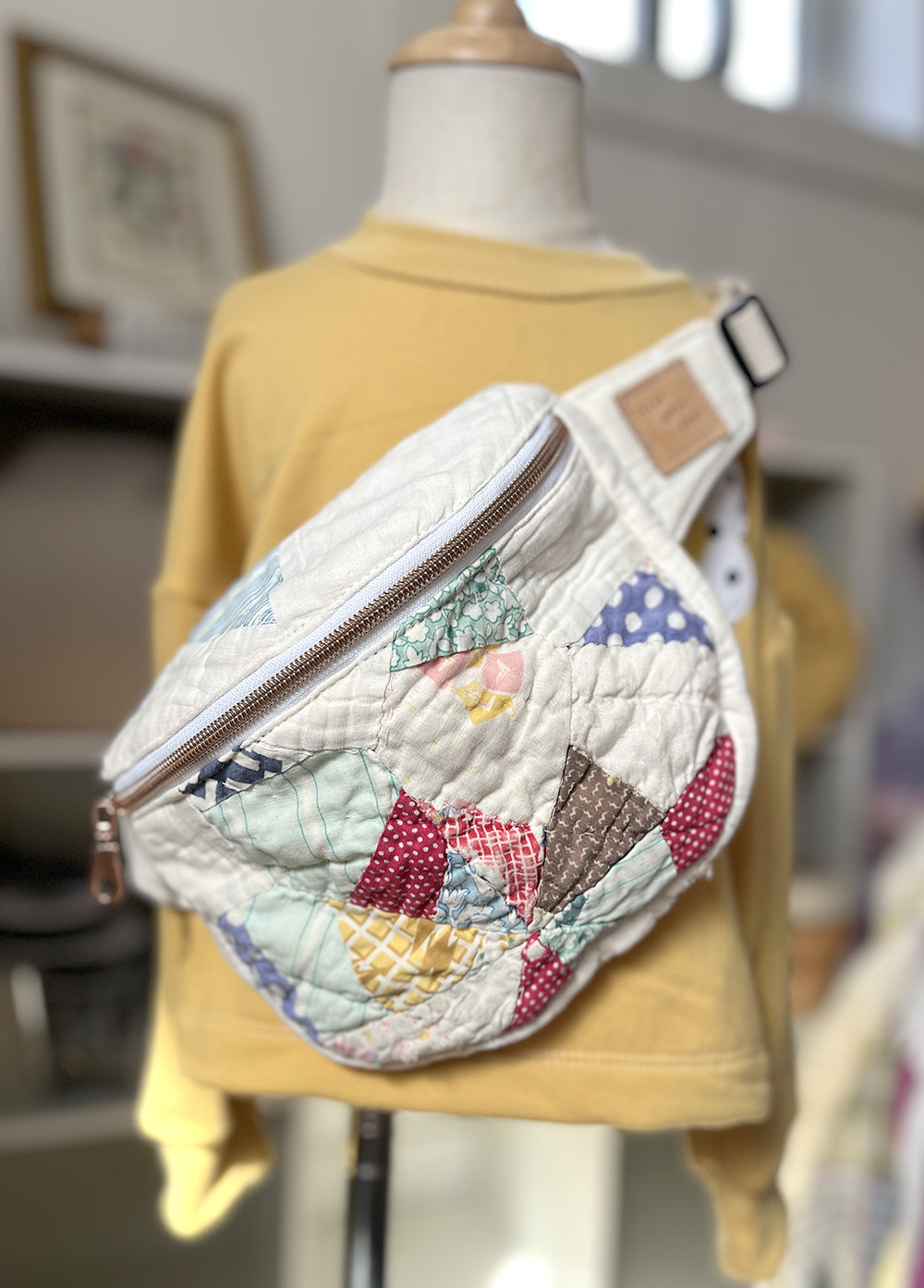
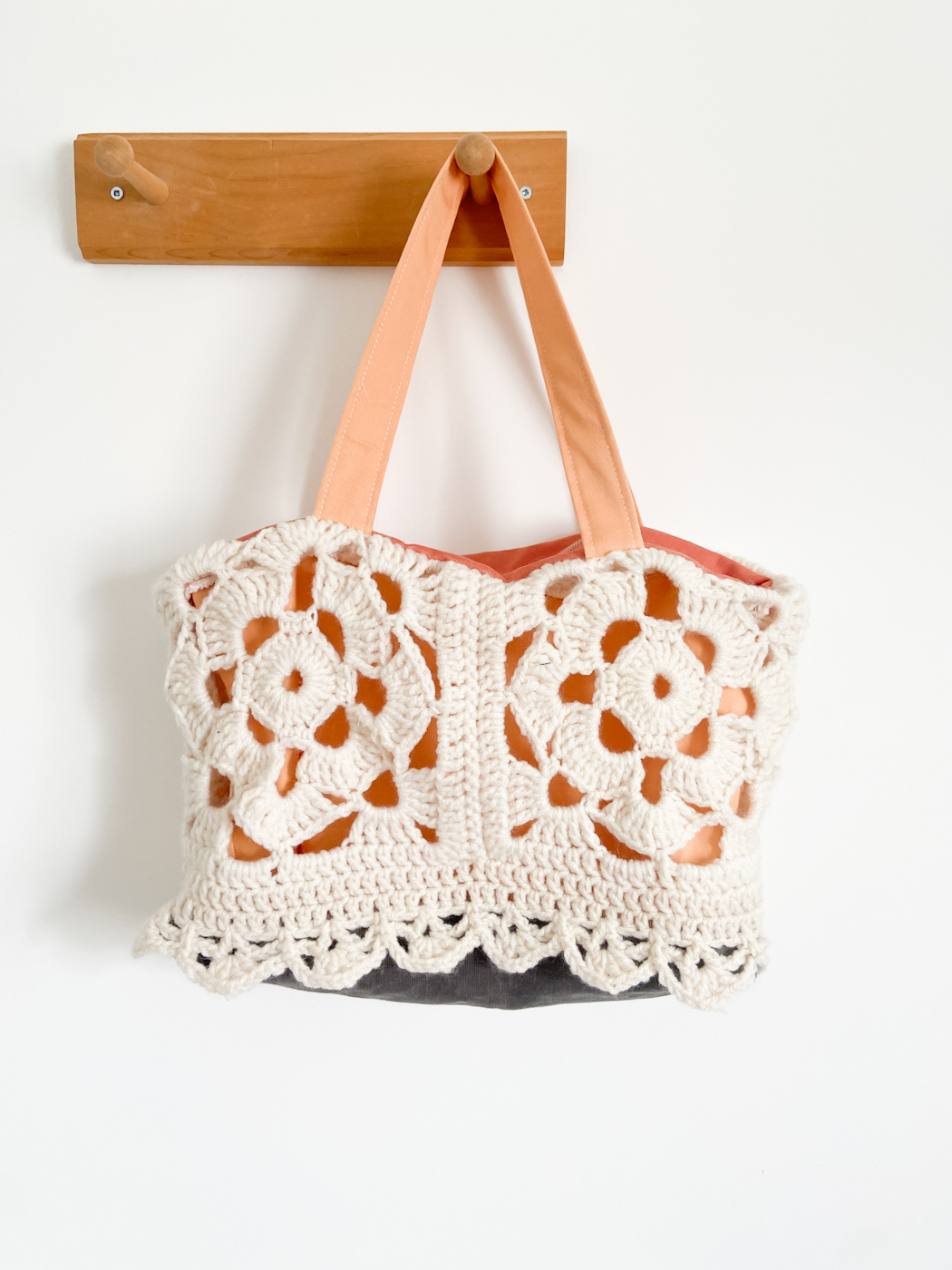
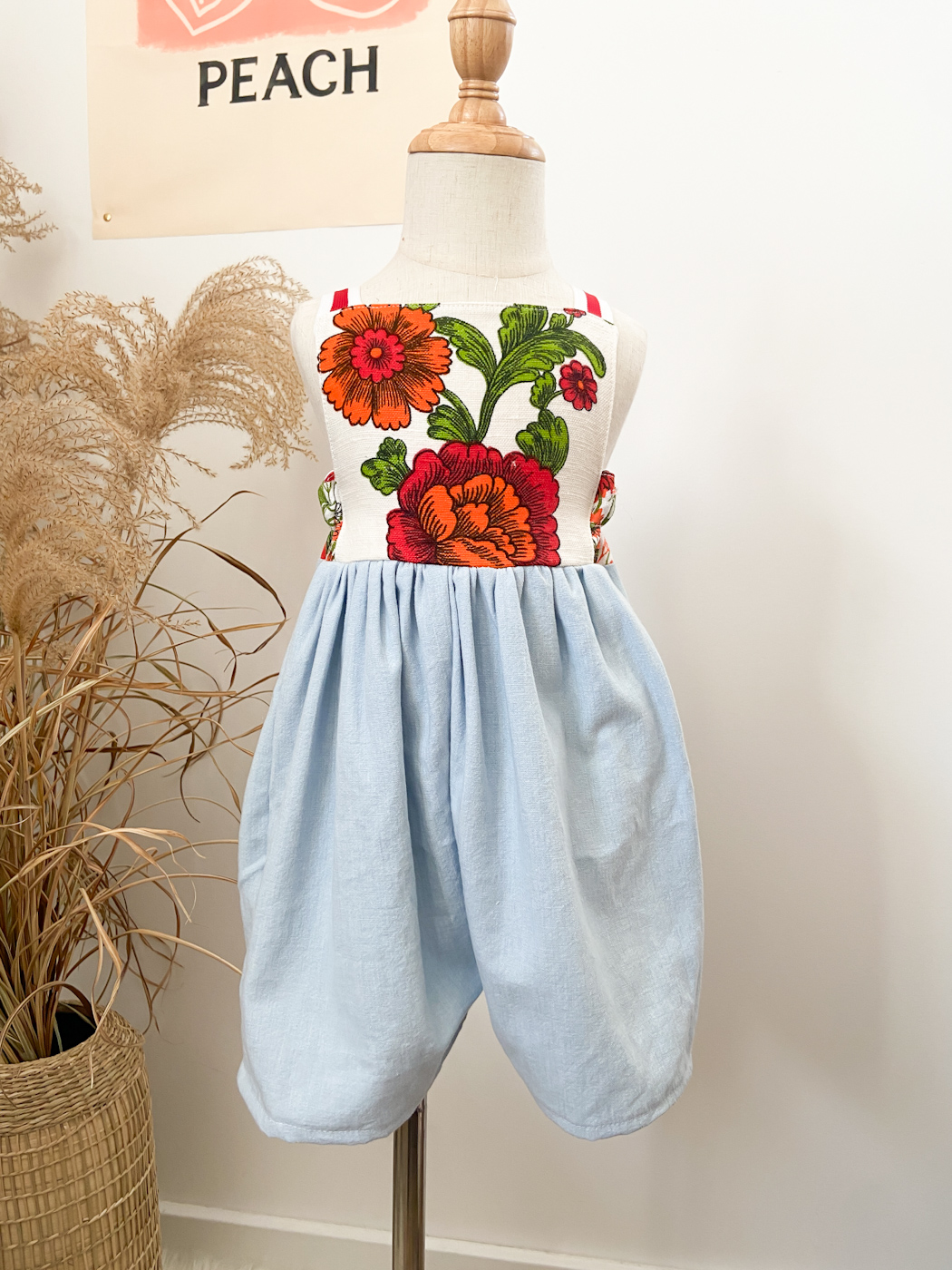
Additionally, upcycling encourages creativity and teaches kids the value of making something new from something old. For example, you can let your child choose the fabrics or embellishments for their new outfit, making it a fun family bonding experience.
2. Shop Secondhand
Thrift stores, consignment shops, and online marketplaces are goldmines for gently used kids’ clothing. Shopping secondhand keeps clothes out of landfills and saves you money. There are enough pieces of clothing in the world to outfit the next six generations (!!), so there is no shortage in thrift stores.
Look for high-quality items that can withstand multiple owners, and don’t forget to donate your own outgrown clothes to keep the cycle going. Many communities also host children’s consignment events, where you can find seasonal clothing at bargain prices. Beyond saving money, secondhand shopping teaches kids about reusing and the environmental impact of their choices.
3. Invest in Durable, High-Quality Pieces
Buying well-made clothing may seem more expensive upfront, but these pieces are designed to last. High-quality fabrics and craftsmanship mean the clothes can be worn longer, passed down to siblings, or even resold. Look for small businesses or handmade brands (like ours!) that prioritize durability and sustainable materials. When choosing pieces, consider timeless designs and neutral colors that can suit multiple seasons and be paired with various outfits. This ensures that each item gets maximum use, making it a better investment in the long run.
4. Host a Clothing Swap
Clothing swaps are a great way to give old clothes a new home while finding fresh pieces for your child’s wardrobe. Gather a group of moms in your community, set up a swap event, and exchange gently used clothing. It’s a fun and budget-friendly way to refresh your kids’ closets while reducing waste. To make it even more exciting, consider organizing themed swaps—for example, swapping winter gear in the fall or summer outfits in the spring. You can also extend the idea to toys or books, making it a well-rounded event for families.
5. Choose Timeless Styles and Neutral Colors
Timeless styles and neutral colors are more versatile and can be easily mixed and matched. They’re also more likely to stay in good condition because they’re less prone to looking outdated. This makes it easier to reuse them for future children or sell them when they’re no longer needed. Additionally, these classic pieces often have a higher resale value compared to trendy, fast-fashion items. For an extra touch of uniqueness, you can personalize these neutral pieces with small DIY embellishments, like patches or embroidery, to give them a fresh look.
Bonus Tip: Teach Kids to Value Their Clothes
Helping your kids understand the value of their clothing can go a long way in reducing waste. Encourage them to take care of their clothes by storing them properly and learning basic repair skills, like sewing on a button or fixing a small tear. By involving your children in the process, you’re not only reducing waste but also fostering a sense of responsibility and appreciation for the things they own.
Reducing waste with kids’ clothing doesn’t have to be overwhelming. By incorporating these simple strategies into your shopping and parenting routine, you can make a positive impact on the environment while keeping your kids stylish. Plus, you’ll feel good knowing you’re teaching your children the value of sustainability.
Every little step counts! Whether it’s hosting a clothing swap or repurposing an old t-shirt, each effort contributes to a healthier planet for future generations.


